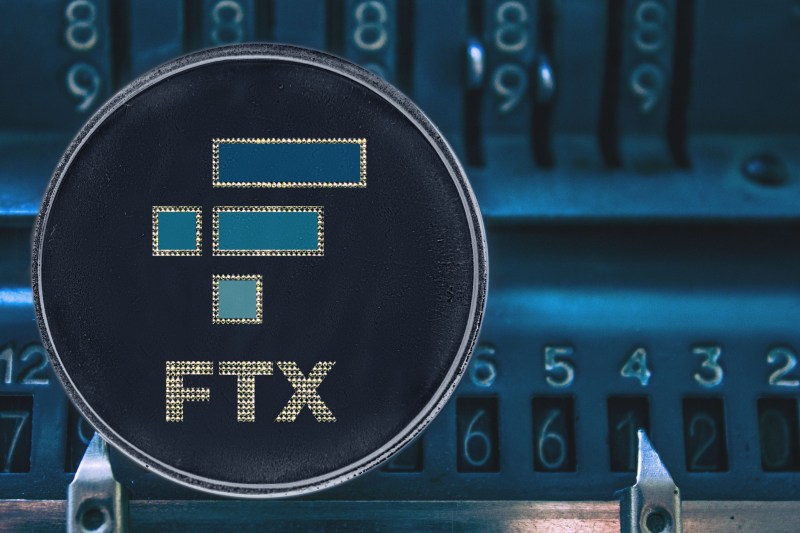This past week was another painful reminder that history repeats itself. In just one week, the FTX crypto exchange, founded by Sam Bankman-Fried and valued at more than $30 billion (per CNN), collapsed to $1 billion in just a few days before Bankman-Fried filed for bankruptcy on Friday, November 11. With investors left bereft, holding empty money bags, the cry had all the makings of bank runs that helped to spur the Great Depression almost 100 years prior. The crypto crash was only missing the newsboys on the corner, calling out, “FTX insolvent! Investors busted!”

Banks are lending institutions. Therefore, they do not hold all depositors’ money in cash at physical locations. When big money begins to be withdrawn from the bank, this loss of assets threatens the solvency of the business. When a bank is rumored to be floundering, depositors panic, and flood into the bank demanding their money. Unable to pay it back, the bank crashes and its clients are left bereft.
In 1933, President Franklin Delano Roosevelt signed the Banking Act of 1933, which (along with other measures) created the Federal Deposit Insurance Corporation, guaranteeing U.S. depositor funds up to $100,000 (today, this number is $250,000). With the incredible downfall of one of the world’s largest and most stable crypto platforms, it looks like the freewheeling crypto market is finally going to be facing federal regulation just as banks almost a century prior.
How did this happen
On November 2, crypto news source Coin Desk sourced a “private financial document” that revealed that over $5 billion of FTX’s sister hedge fund assets, Alameda Research, were unlocked FTT tokens (minted by FTX). The problem with this is that the value of FTX was based upon the solid financial footing of the Alameda hedge fund. Hence, each was propping the other up in what Alan Watts refers to as the classic “double bind” — the snake eating its own tale.
Two days after Coin Desk revealed this contradictory accounting, Changpeng Zhao, CEO of FTX competitor Binance, announced that the platform was selling off $580 million worth of its FTX holdings. Monday, Bankman-Fried posted, “FTX is fine. Assets are fine,” on Twitter. Similar to Elon Musk assuring participants in the burning flames of the social media giant, this reassurance did little to mollify the masses. Similar to a classic bank run, investors demanded their money in such rapid and large droves that FTX could not compensate them (per CNN).
On Tuesday, Zhao, despite Binance’s rivalry with FTX, agreed to bail out the platform. And the following Wednesday, Zhao backed out, announcing that FTX’s fall was beyond its ability to compensate. Thursday, Bankman-Fried and FTX desperately grasped at whatever methods they could to raise enough liquid funds to pay its investors. And on Friday, unable to coax any institution onto the sinking ship, FTX filed for bankruptcy.
The fallout
Facing an $8 billion shortfall that includes individual investors, venture capital firms like Silicon Valley’s Sequoia Capital and Lightspeed Venture Partners, and government institutions like the Ontario Teachers’ Pension Plan, bankruptcy proceedings are likely to play out over months, even years. The sad fact is that most of these people and organizations will never see another dime of the money that they considered a safe investment.
This raises questions about crypto’s opaque nature and will almost certainly bring about great changes and regulation after its greatest crash. Bankman-Fried, whose fortune dropped from $15 billion to under $1 billion in just three days (per CNN), is also very likely to face a litany of charges after the Securities and Exchange Commission conducts its investigation. The very small group of executives charged with overseeing FTX and Alameda will also be under intense scrutiny in the coming weeks. In the process, former customers and investors will likely file suit. How they will recover the magic money that’s disappeared from financial statements (but never truly existed in a physical form) is a question that may never be answered.



